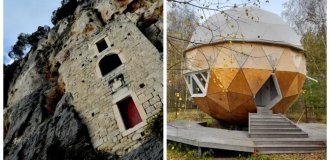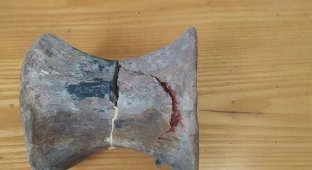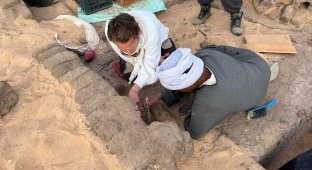The mysterious underground entrance next to the Cheops pyramid puzzled archaeologists (5 photos)
Archaeologists using ground penetrating radar have discovered some structures under the surface of the earth near the Great Pyramid of Giza. This could be a hitherto unknown tomb hiding beneath the sands. 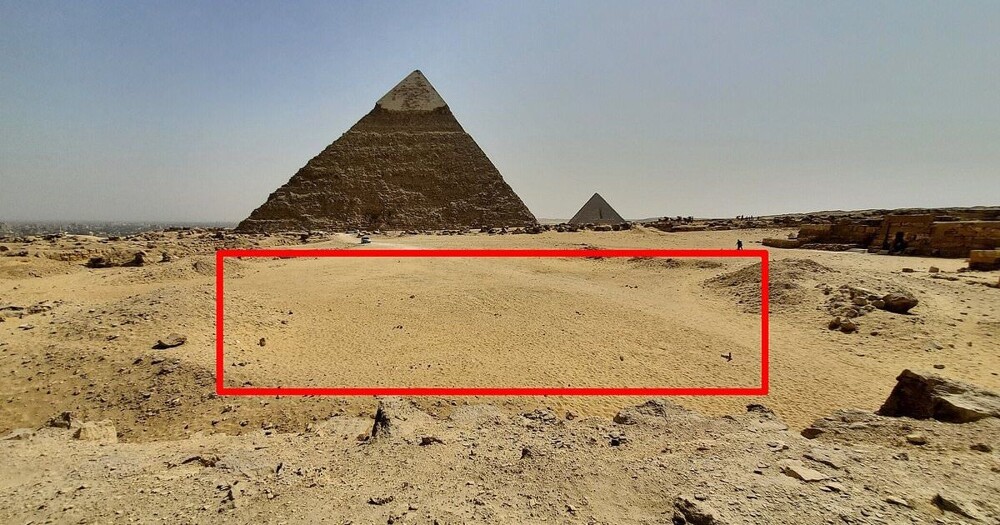
Researchers used ground penetrating radar in the valley of Giza's Western Cemetery and discovered an L-shaped anomaly that appeared to be the entrance to a chamber underground. The burial contains the remains of King Khufu, who commissioned the construction of the legendary pyramid, members of his family and high-ranking officials, suggesting that another elite tomb may be hiding under the sands.
The L-shaped structure lies up to 1.8 meters below the surface and is filled with sand, which researchers believe was intentional after its construction to block the entrance to the tomb's main chamber, located another 9 meters below. 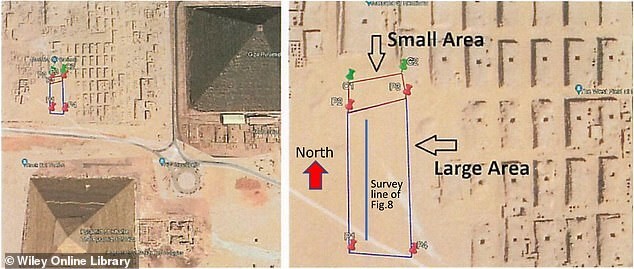
The structure causing the anomalies could be vertical limestone walls or shafts leading to the tomb, the scientists suggest in their work. However, they note that further research will be required to determine its true identity.
In addition to radar, archaeologists also used a technique called electrical resistivity tomography (ERT). It provides a map of geological variations. The structures were found in a "void zone" where there were no visible structures and mostly flat ground with compacted sand on the surface. 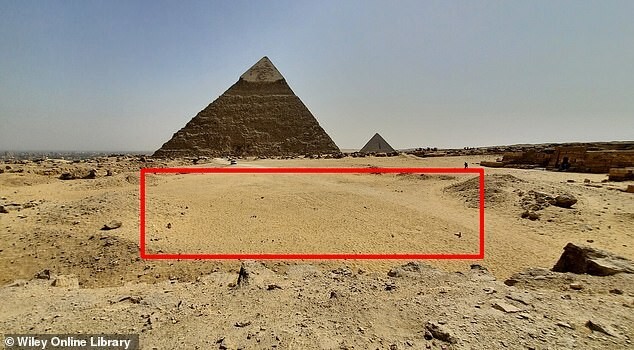
Using scanners, the L-shaped structure was determined to be about 10 meters long and about 15 meters wide. And the second structure measures 10 meters around its entire perimeter and may be a mixture of sand and gravel or even a cavity.
Researchers have suggested that it may be a mastaba - an underground rectangular tomb with a flat roof, usually built of limestone or adobe bricks. It has a vertical shaft connected to a subsurface chamber, the study says. 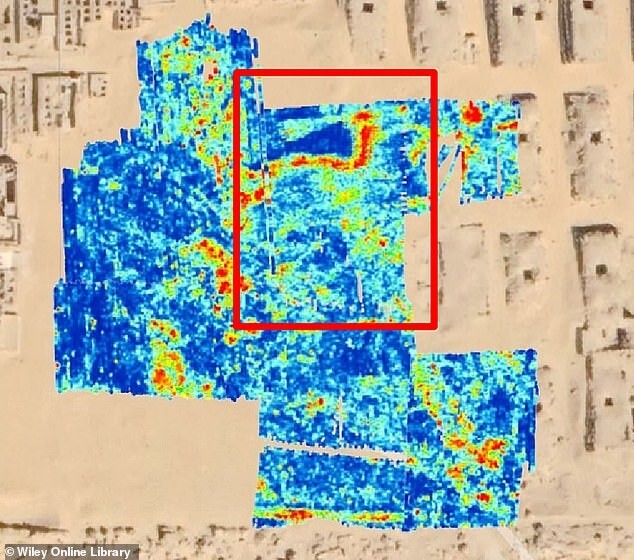
“Most of these objects are buried under overburden sandy soil, and determining their exact location from the surface is not easy,” the authors write in their paper. “Under such conditions, their location can be determined using shallow geophysical survey methods.”
Lead author of the study Motoyuki Sato, a professor at the Center for Northeast Asian Studies at Tohoku University in Japan, is confident that the discovered structures are not a natural phenomenon because “their shape is too clear.”
The Great Pyramid is over 146 meters high and each side of the base is about 230 meters long, making it the largest man-made structure on Earth. Two smaller pyramids were built later: one for Khafre, the fourth of the eight kings of the Fourth Dynasty, and the other for Menkaure, the fifth king of the Fourth Dynasty. Khufu was the second king of the 4th Dynasty. 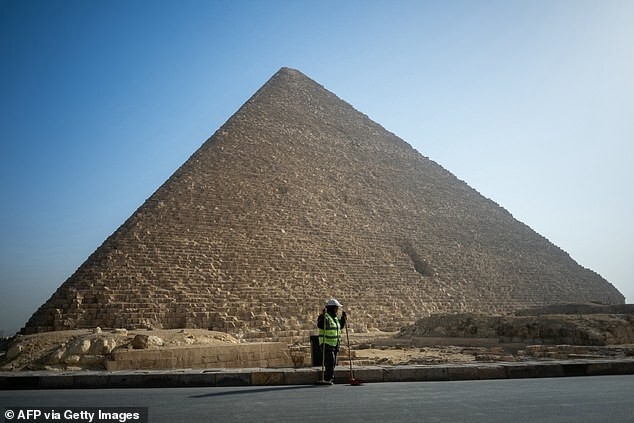
And to this day, the ancient Egyptian pyramids continue to reveal new secrets.
In March 2023, scientists discovered a hidden corridor hidden deep inside the Great Pyramid using an endoscopic camera and a technique called cosmic muon radiography.
Scientists have mapped the hole, confirming that it is 9 meters long and 2 meters wide.
According to Mostafa Waziri, head of Egypt's Supreme Council of Antiquities, it is located under or in another, as yet undiscovered chamber or room.
It is believed that five rooms above the king's burial chamber in another part of the pyramid were also built to redistribute the weight of the massive structure. It is possible that the pharaoh had more than one burial chamber, Vaziri added.






